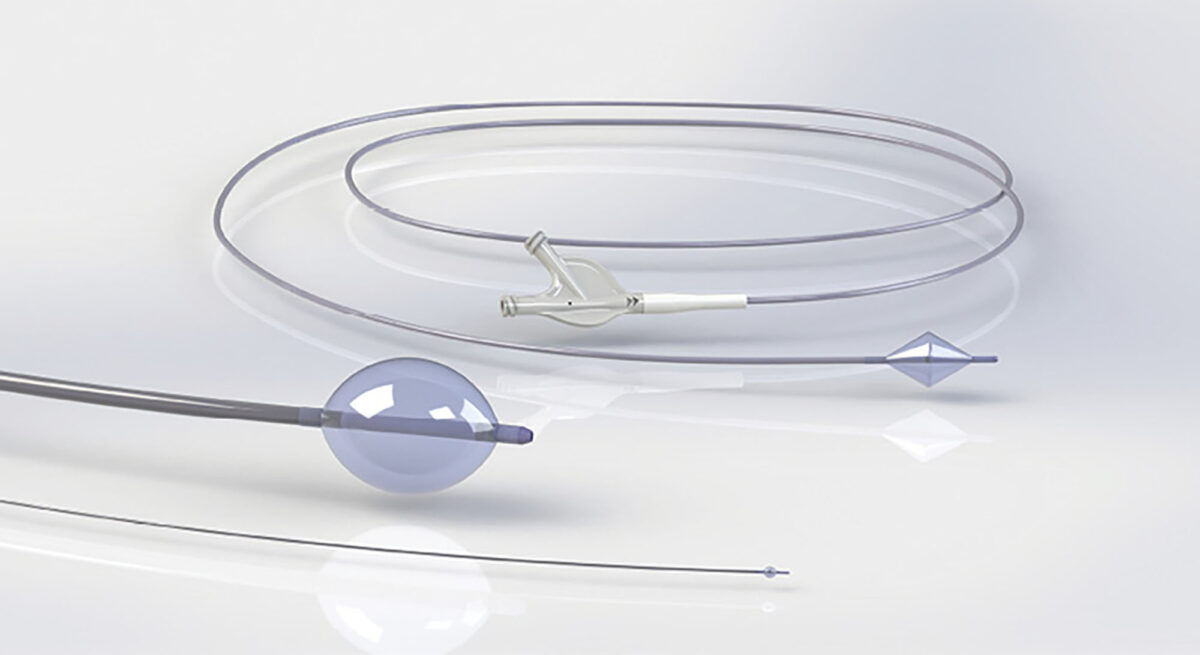Editor’s Opinion: Anti-Plastics Rhetoric of Green Groups Fails Spectacularly when Critical Medical Services Needed

On July 14, I marked 37 years as a plastics industry journalist. My celebration of this anniversary was a post-angioplasty convalescence, since I had the procedure to clear a blockage in my left anterior descending artery, or LDA, the day before.
(Point of View is an opinion column that will appear regularly.)

Pat Toensmeier, Plastics Engineering Editor-in-Chief
I didn’t mind the low-key recovery day. Blockage of the LDA can be fatal if untreated. Doctors use the term “widowmaker” to emphasize the danger. My LDA was 70-80 percent blocked. It’s now clear and an implanted stent assures proper blood flow.
While in the operating room waiting for the procedure to begin, I should perhaps have been contemplating mortality despite the risk factor of the angioplasty being only 0.1 percent. All I could think of, however, was that the operating room is an amazing plastics-rich environment. That’s a keen grasp of the obvious, but worth considering.
The ubiquity of plastics in medical is impressive. The catheter that unblocked my LDA and implanted a stent included an artery-opening balloon that’s usually made of PET or polyamide. It might be possible to do an angioplasty with a plastics-free catheter, but the procedure would be dicey and possibly more invasive.
Thinking of this calls to mind the growing chorus of anti-plastics rhetoric from groups that blame the material for a long list of environmental ills—a chorus that is increasingly shrill and brazen in its claims and objectives.
One group, Earthday.org, bemoans humanity’s “relentless reliance on plastic …,” as well as plastics’ “convenience and cheapness” and “the synthetic nightmare” it creates. “The unfettered production of plastic has dire environmental repercussions,” Earthday.org warns. The group promotes a “Global Plastic Treaty” which would commit the United Nations and world governments to end the production and sale of single-use plastic by 2030 (so no more angioplasty balloons?) and invest in replacements for fossil fuel-based resins.
None of these complaints is new, of course, nor are the “solutions” proposed realistic. The plastics industry has for years developed methods to minimize plastics use and waste and broaden feedstocks. None of the industry’s efforts and successes in these areas is ever acknowledged by anti-plastics groups.
There are challenges in managing the production, use, disposal and reuse of the enormous volume of plastics produced every year. The industry works diligently here and makes progress. The demands that routinely include broad product bans, adoption of new and largely untested formulation chemistries and calls for society to radically restrict plastics, a material that has a hugely positive effect on quality-of-life issues, are thus ludicrous.
One can’t help but wonder how scrupulous Earthday.org and other “green” groups are in their plastics use, whether at home, in the packaged foods they buy, the electronics they use, cars they drive—even medical procedures they need. I’ve never heard of anyone refusing medical treatment because it involves single-use plastics. And I bet I never will.
A world without plastics is not inconceivable but living in such a place would entail sacrifices and a diminution of lifestyle that almost every person would reject, including the greens. And that is an outcome worth considering no matter where you find yourself.
